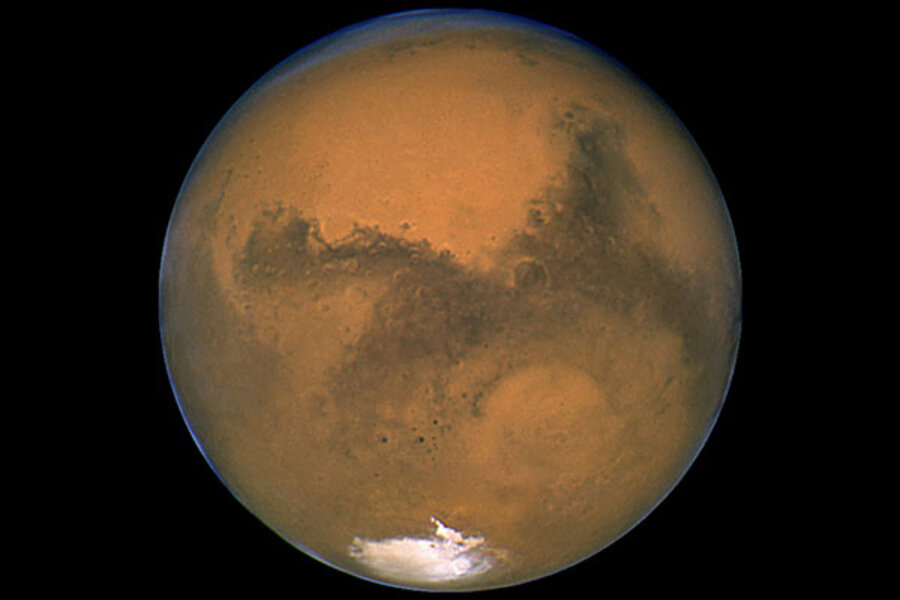Next Mars mission to probe Red Planet's core
Loading...
NASA's next low-budget planetary mission will land a probe on Mars in 2016 to study why the Red Planet went down such a different evolutionary path than Earth did, the agency announced today (Aug. 20).
The new mission, called InSight, will attempt to determine whether Mars' core is liquid or solid, and why the Red Planet's crust does not appear to be composed of drifting tectonic plates like Earth's is. Such information could help scientists better understand how rocky planets form and evolve, researchers said.
"InSight will get to the 'core' of the nature of the interior and structure of Mars, well below the observations we've been able to make from orbit or the surface," John Grunsfeld, associate administrator for NASA's Science Mission Directorate, said in a statement.
InSight — short for Interior exploration using Seismic Investigations, Geodesy and Heat Transport — is the latest of NASA's Discovery-class missions, and its cost will be capped at $425 million in 2010 dollars. [7 Biggest Mysteries of Mars]
The mission will be led by Bruce Banerdt of NASA's Jet Propulsion Laboratory (JPL) in Pasadena, Calif. Insight is slated to drop a lander on Mars in September 2016 to begin its two-year scientific mission.
The lander will carry four instruments, which will determine Mars' rotation axis and measure the seismic waves and heat flowing through and from the planet's interior. The craft will also sport a robotic arm and two cameras, researchers said.
InSight builds on technology used in NASA's Phoenix lander mission, which confirmed the presence of subsurface water ice near the Martian north pole in 2008. This heritage helped convince NASA that InSight could stay within its relatively low budget, officials said.
Insight beat out two other finalists to become NASA's 12th Discovery-class mission. The other two contenders were Comet Hopper, which would have landed on a comet multiple times to study how the body changed on its trip around the sun, and the Titan Mare Explorer, or TiME.
TiME would have landed on the methane-ethane seas of Saturn's huge moon Titan, providing the first direct exploration of an ocean beyond Earth.
The selection of InSight may help reaffirm NASA's dedication to Mars exploration despite recent financial troubles. The White House's proposed 2013 federal budget cuts the agency's planetary science efforts by 20 percent, with much of the funding coming out of the Mars program.
As result, NASA dropped out of the European-led ExoMars mission — which aims to launch an orbiter and a rover to the Red Planet in 2016 and 2018, respectively — and has begun downscaling its Mars program.
"The exploration of Mars is a top priority for NASA, and the selection of InSight ensures we will continue to unlock the mysteries of the Red Planet and lay the groundwork for a future human mission there," said NASA Administrator Charles Bolden.
"The recent successful landing of the Curiosity rover has galvanized public interest in space exploration, and today's announcement makes clear there are more exciting Mars missions to come," Bolden added.
Follow SPACE.com for the latest in space science and exploration news on Twitter @Spacedotcom and on Facebook.
- 1st Photos of Mars by Curiosity Rover (Gallery)
- Mars Rover Curiosity: Mars Science Lab Coverage
- The Boldest Mars Missions in History
Copyright 2012 SPACE.com, a TechMediaNetwork company. All rights reserved. This material may not be published, broadcast, rewritten or redistributed.





